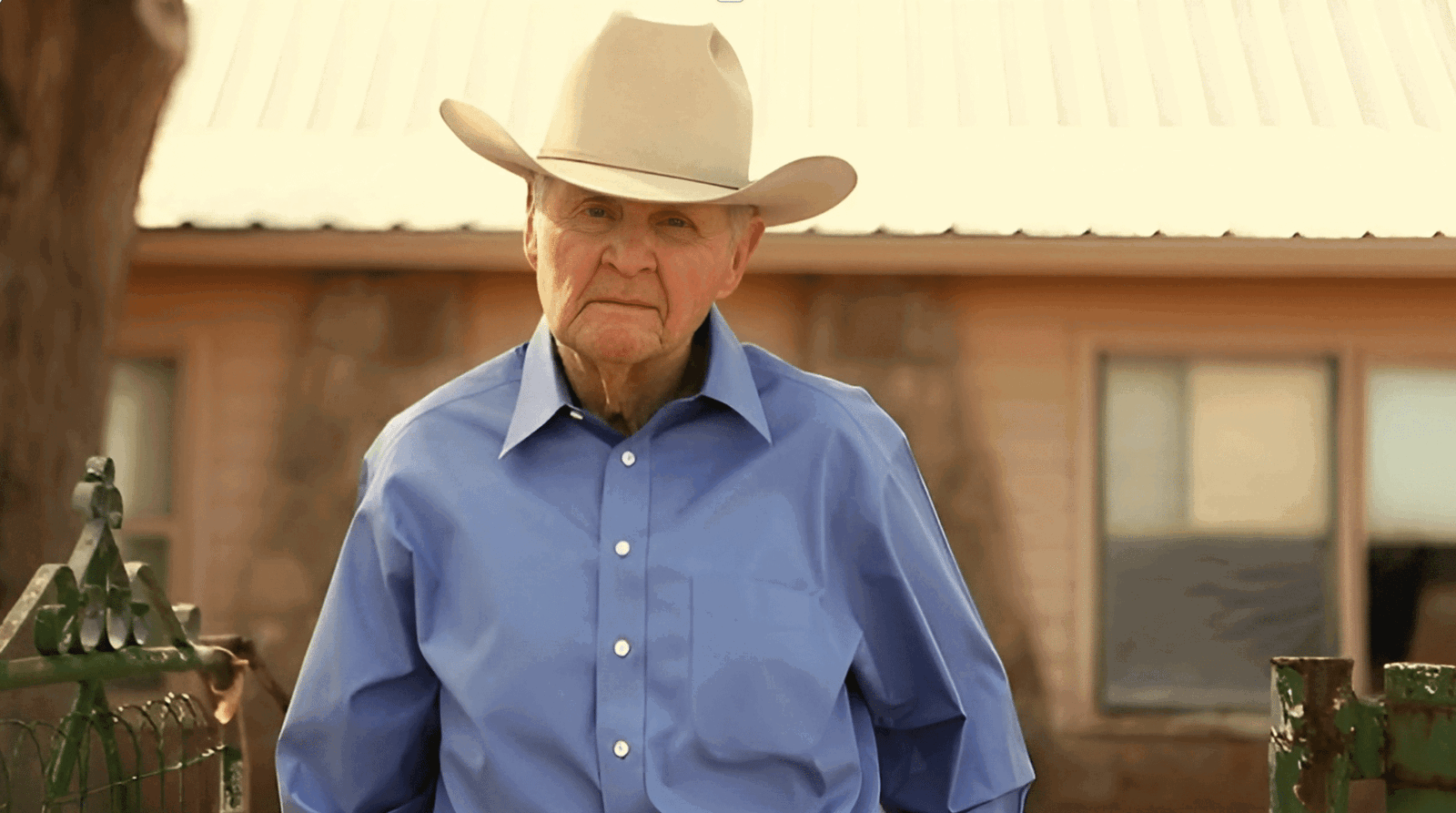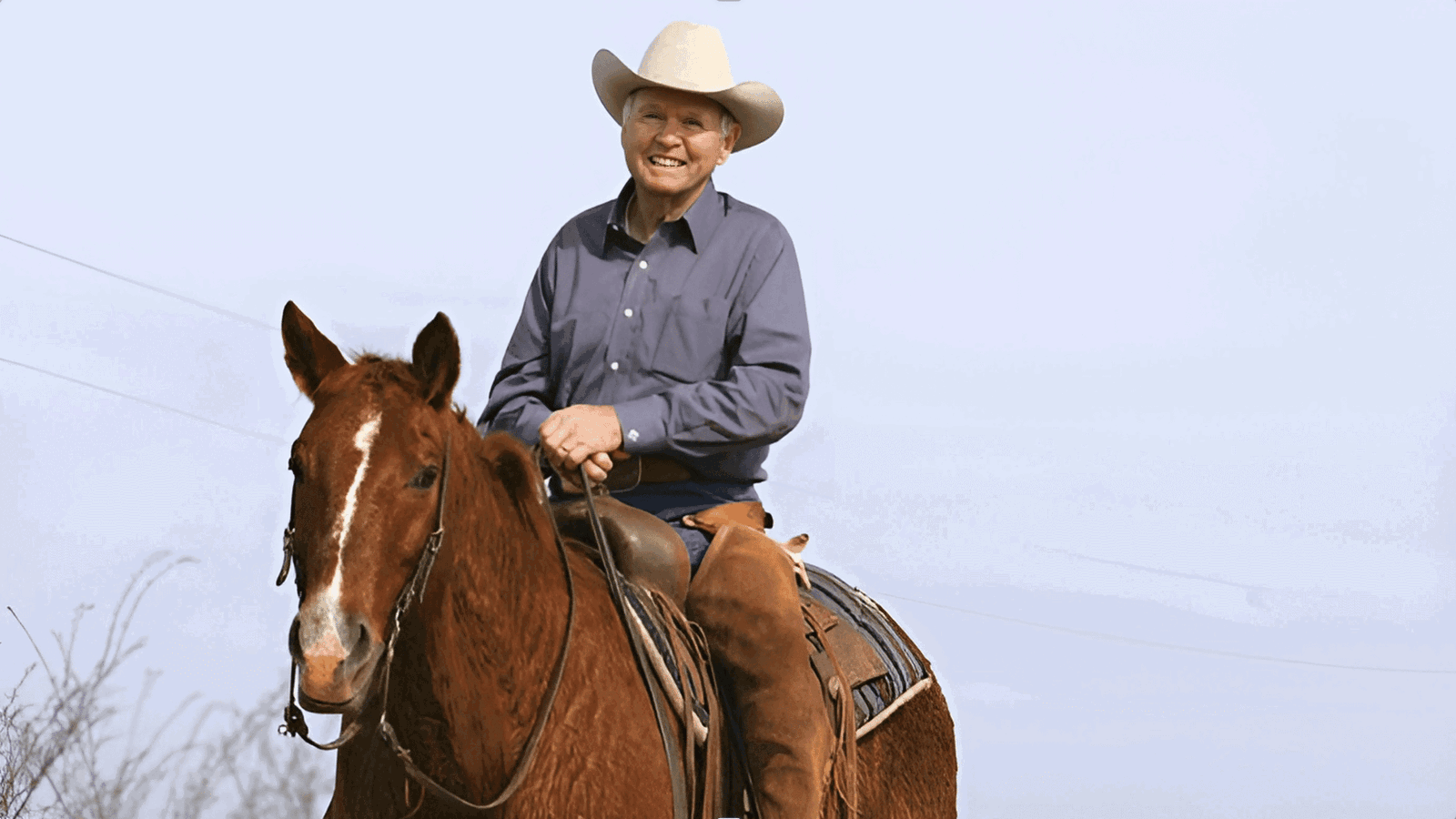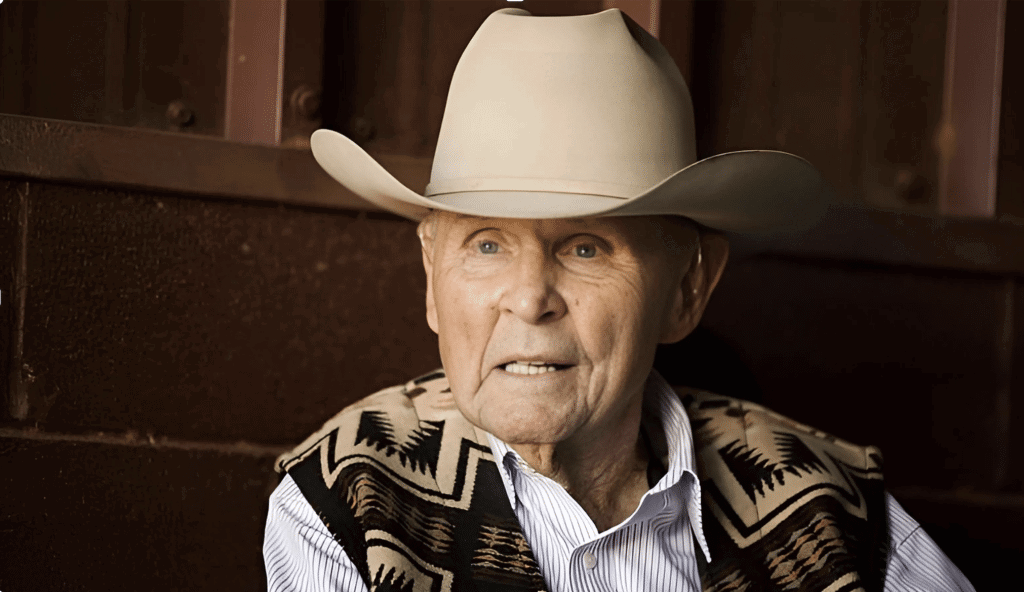Many dream of becoming skilled horse trainers but are unsure where to begin. Buster Welch, a well-known figure in the cutting horse world, has shown that formal schooling isn’t always necessary for success.
His path from young cowboy to respected trainer offers useful lessons for those wanting to work with horses.
This blog will examine Buster Welch’s unique learning journey and how it shaped his notable career.
You’ll read about his hands-on experiences, self-taught methods, and the know-how he gained from working with horses and cattle.
By the end, you’ll see how Welch’s practical approach to learning can spark your growth with horses, no matter your background or formal education.
Buster Welch’s Early Education and High School Experience
1. Minimal Formal Education
At the age of 13, Buster Welch made a bold choice. He left school behind to start working on ranches, which meant he didn’t finish high school like most kids.
Instead of textbooks, Welch turned to the land for his lessons.
His first big job was with the Proctors, a well-known ranching family in Texas. After that, he worked for other big names in Texas ranching.
Each new ranch allowed him to learn more about cattle and horses.
2. Ranch Life as an Educational Environment
For Welch, the ranch became his classroom. Every day, he brought new tasks and problems to solve. He learned by doing, not by reading or writing.
The skills he picked up came from working with real animals on real land.
This hands-on learning method taught Welch things that cannot be found in books. He faced the daily ups and downs of ranch life, and these experiences helped shape him into the skilled horseman he would become.
Buster Welch’s Path through College and University

1. No Formal Higher Education
After his early ranch years, Buster Welch took a different route. He didn’t go to college or university like many folks do. Instead, he kept learning through his work on ranches. This choice shaped his whole career path.
For Welch, the open range was his school. He didn’t sit in lecture halls or dorms. His teachers were seasoned cowboys, and his textbooks were the daily tasks of ranch life.
This hands-on approach gave him skills that can’t always be taught in a classroom.
2. Self-Taught Scholar
Even without college, Welch never stopped learning. He was known for his love of books, and people who knew him often talked about how much he read.
He picked up books on all sorts of topics – from history to how to handle horses better.
Welch also taught himself about running ranches by reading up on the best ways to manage land and animals. This mix of book smarts and real-world know-how made him stand out in the horse world.
Influence of Education on Buster Welch’s Career
| Section | Description | Impact |
|---|---|---|
| Real-World Learning Shaping His Career | Buster’s hands-on ranch experience taught him things beyond books. Working directly with horses and cattle gave him a deep understanding of animal behavior and training. | This practical learning helped him become one of the best cutting horse trainers, building his methods on his knowledge of animal behavior. |
| Mentorship and Practical Knowledge | Older cowboys mentored Welch, teaching him the values of hard work, patience, and understanding animals. He also learned to read a horse’s body language to improve his training. | This mentorship and skill in understanding horses set him apart in cutting competitions, helping him bring out the best in his horses. |
Buster Welch’s Intellectual Pursuits Outside Horsemanship

A Lifelong Learner Beyond Ranching
Buster Welch wasn’t just about horses and cattle. He had a hunger for knowledge that went way beyond the ranch. Welch loved to read about history and dive into good books.
His bookshelf was as diverse as his skills with horses.
This love for learning gave Welch a broader view of the world. It shaped how he thought and talked about things, not just in ranching but in life.
Cultural Impact
Welch’s smarts and charm caught the eye of important people. World leaders and big names in business were drawn to his down-to-earth wisdom. They valued his special take on things.
But Welch didn’t just talk; he listened, too. He was always eager to learn and pick up new ideas from these meetings, which helped Him grow even more in his work with horses and his understanding of the world.
Welch showed that being smart isn’t just about schooling.
His mix of book learning and life experience made him someone people wanted to know and learn from.
Buster Welch’s Major Accomplishments
1. NCHA Championships and Hall of Fame Inductions
- He has won several National Cutting Horse Association World Championships. These wins showed Welch was at the top of his game and proved his skill in training and riding cutting horses.
- He claimed multiple Futurity titles in cutting horse competitions. Futurity wins are special because they involve young, untrained horses, showing Welch could spot and develop talent in young animals.
- Earned spots in notable halls of fame, including the Texas Cowboy Hall of Fame, American Quarter Horse Hall of Fame, and National Cutting Horse Association Hall of Fame. Being in these halls of fame means Welch was recognized as one of the best in his field.
2. Pioneering Cutting Horse Techniques
- He Created new ways to train cutting horses. Welch looked at horse training differently than others before him, focusing on understanding how horses think and move.
- His methods changed how people approach the sport. Trainers started copying Welch’s techniques because they worked so well, and the whole sport of cutting became more skilled.
- He taught many future trainers, spreading his knowledge. Welch didn’t keep his methods secret—he shared them with others, helping the whole cutting horse world improve.
- Helped make cutting a more skilled and respected event. Because of Welch, cutting became known as a true horse and rider skill test.
3. National Golden Spur Award Recipient
- He got this big honor for his work in ranching and with livestock. This award is given to people who make a difference in ranching, covering all aspects of ranch life.
- The award shows how much he helped the whole ranching world. Welch’s ideas and work made ranching better for everyone, not just those in the cutting horse community.
- Proves that Welch’s skills went beyond just training horses. He understood all parts of ranch life, from cattle to land management.
- Highlights his impact on the broader cattle and ranch industry. Welch’s influence reached far beyond the cutting arena, affecting many ranching areas and livestock management.
Wrapping Up!
Buster Welch’s life shows us that learning doesn’t always happen in a classroom. His path from a young ranch hand to a respected horse trainer proves that hands-on experience can be as valuable as formal education.
Welch’s success came from his hunger for learning, a keen eye for horses, and willingness to work hard.
What can we learn from Welch’s story? First, never stop learning, no matter where you are. Second, share your knowledge—it helps everyone grow.
Lastly, passion and hard work can take you far, even without a fancy degree.
Welch’s legacy lives on in the cutting horse world and beyond. He reminds us that true wisdom comes from experience, study, and an open mind.
Frequently Asked Questions
How Old was Buster Welch when he Left School?
Buster Welch left school at 13 to pursue ranch work and learn hands-on skills in cattle ranching.
What Major Award did Buster Welch Receive for his Contributions to Ranching?
Buster Welch received the National Golden Spur Award for significantly contributing to ranching and the livestock industry.
How did Buster Welch Impact the Cutting Horse Industry?
Welch created new training methods, influenced future trainers, and helped make cutting a more skilled and respected equestrian event.





















